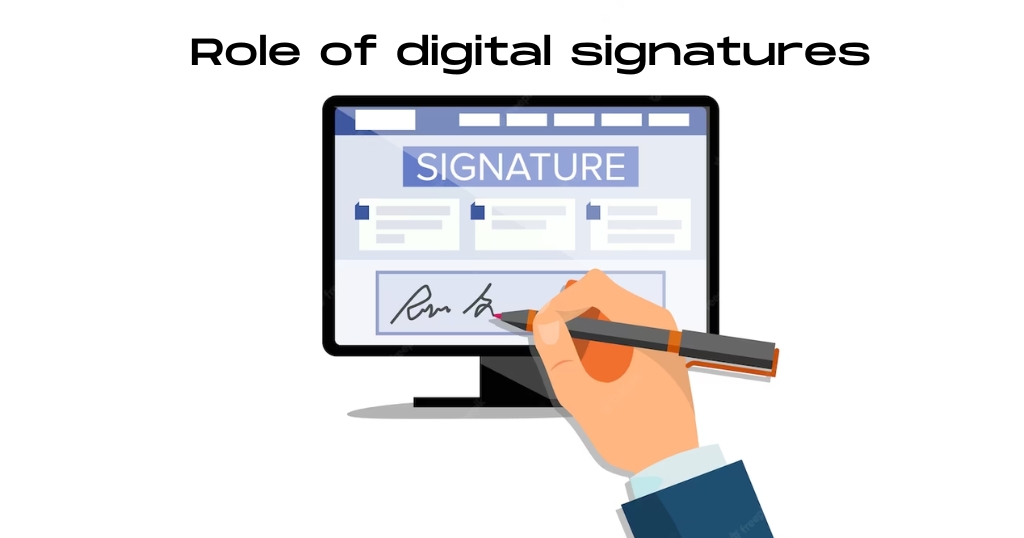Renting a residential property in India comes with certain legal obligations for both landlords and tenants. One of the crucial aspects of renting is having a well-drafted rental agreement that outlines the terms and conditions of the tenancy. A comprehensive rental agreement not only protects the rights of both parties but also helps prevent any future disputes.
In this blog post, we will discuss the essential elements to include in a rental agreement for a residential property in India.
1. Parties Involved:
Clearly identify the parties involved in the rental agreement, including the full name, address, and contact details of both the landlord and the tenant. This information is crucial for legal purposes and serves as a reference for any communication related to the tenancy.
2. Property Details:
Provide detailed information about the residential property being rented. Include the complete address, along with specific details such as the type of property (apartment, house, etc.), the number of rooms, amenities provided, and any restrictions or special conditions related to the property.
3. Term of Tenancy:
Specify the duration of the tenancy, whether it is a fixed-term lease or a month-to-month agreement. Clearly state the start and end dates of the tenancy or the notice period required by either party to terminate the agreement.
4. Rent and Deposit:
Clearly mention the monthly rent amount and the due date for payment. Additionally, outline the acceptable methods of payment and any late payment penalties or grace periods. Include details about the security deposit, including the amount, purpose, conditions for refund, and deductions, if any, for damages or unpaid rent.
5. Maintenance and Repairs:
Specify the responsibilities of both the landlord and the tenant regarding property maintenance and repairs. Clearly state who is responsible for routine maintenance tasks, such as gardening or regular cleaning. Also, outline the procedure for reporting and resolving any repair issues, including timelines and cost-sharing, if applicable.
6. Utility Bills and Other Expenses:
Outline how utility bills, such as electricity, water, and gas, will be managed and shared between the landlord and the tenant. Specify if any other expenses, such as maintenance charges or property taxes, are included in the rent or if they need to be borne separately by either party.
7. Restrictions and Permissions:
Include any restrictions on the use of the property, such as the number of occupants, pets, or smoking. If there are any specific permissions required for alterations or modifications to the property, outline the process and any associated costs or conditions.
8. Termination Clause:
Include a termination clause that outlines the conditions under which either party can terminate the rental agreement. Clearly state the notice period required by both the landlord and the tenant and any penalties or consequences for early termination or failure to provide proper notice.
9. Dispute Resolution:
In the unfortunate event of a dispute between the landlord and the tenant, it is essential to have a clause specifying the method of dispute resolution. This can include options such as negotiation, mediation, or arbitration, and can help avoid lengthy legal proceedings.
10. Signatures and Witnesses:
Ensure that the rental agreement is signed by both the landlord and the tenant to make it legally binding. It is also advisable to have at least two witnesses present during the signing process, with their full names and addresses recorded in the agreement.
Conclusion:
A well-drafted rental agreement is a crucial document that protects the rights and interests of both landlords and tenants. By including the essential elements mentioned above, you can create a comprehensive rental agreement that clarifies the responsibilities and expectations of both parties, minimizing the potential for conflicts or misunderstandings. Remember, it is always advisable to seek legal advice or consult with professionals experienced in real estate matters to ensure that your rental agreement complies with local laws and regulations in India.
Posted by Abdul

